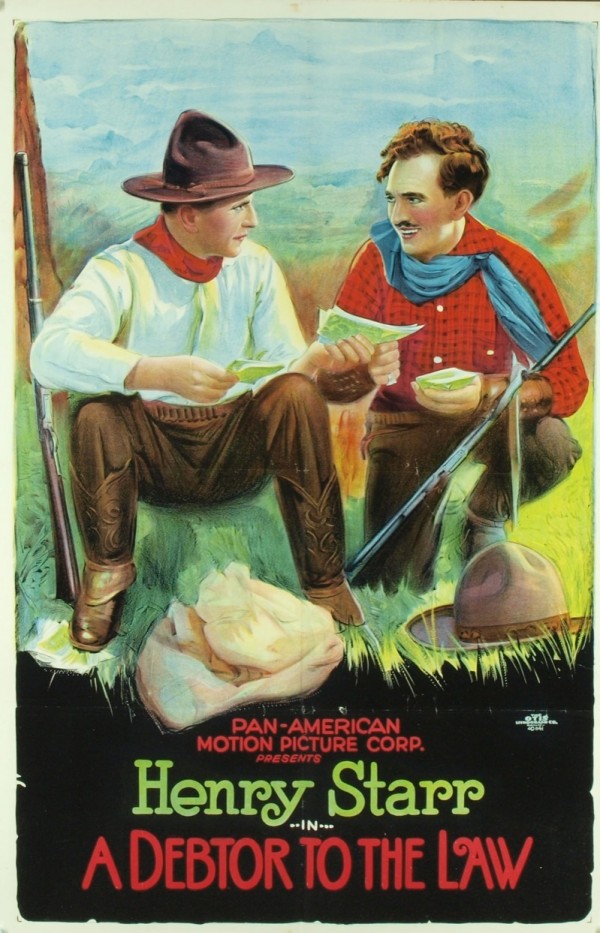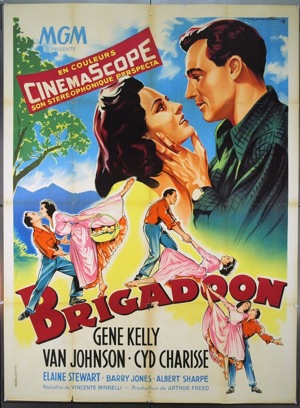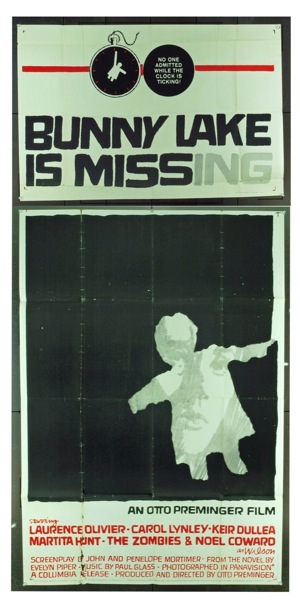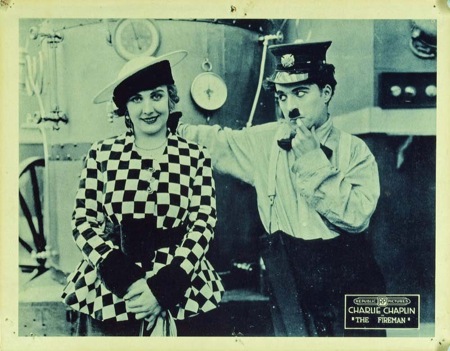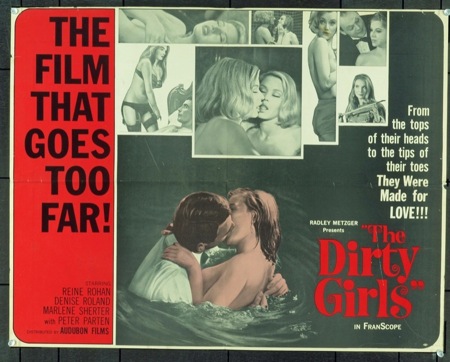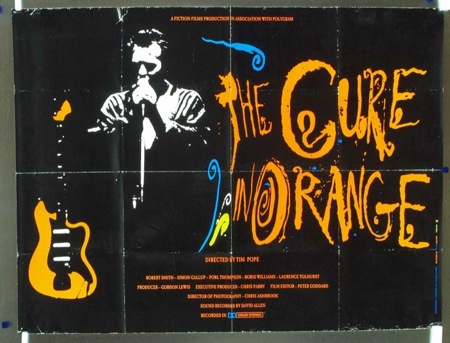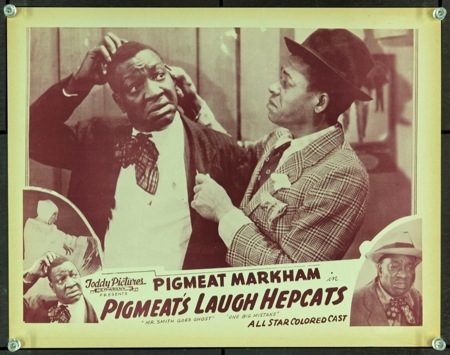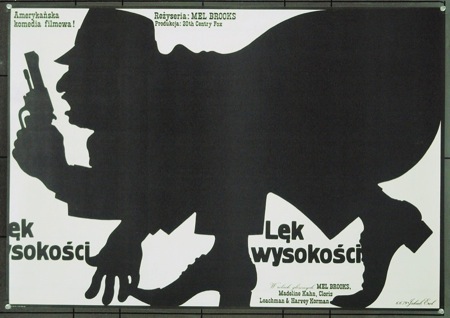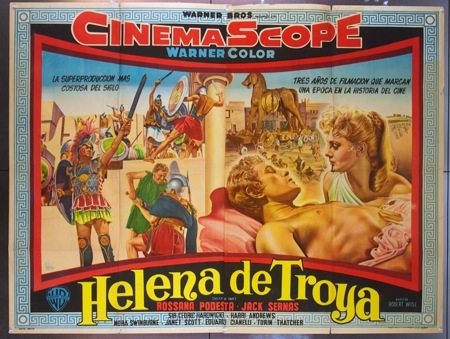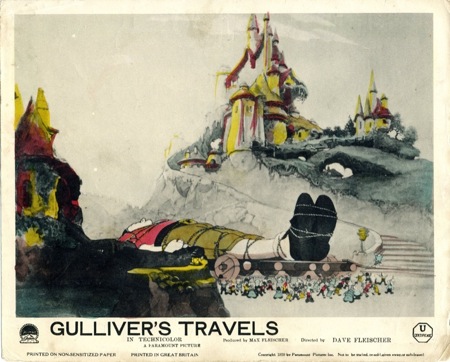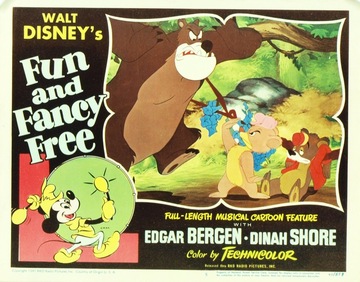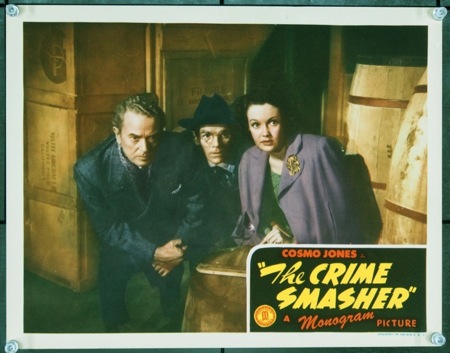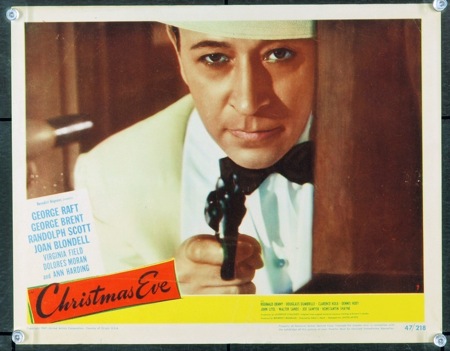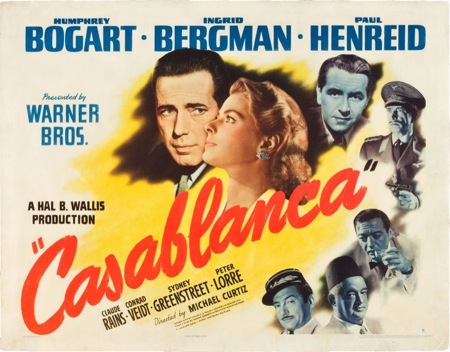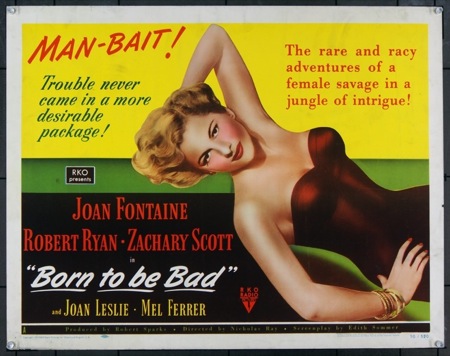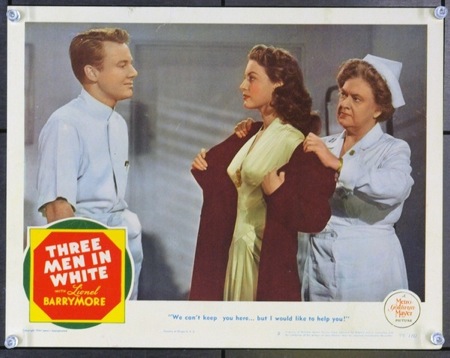Click here to print
MOVIE POSTER MADNESS
posted December 10, 2013
Kirby McDaniel happened into dealing movie posters by serendipity – with a get-rich-quick scheme that went south.
n
“I was looking for something to do at a certain point of my life, to raise some money,” McDaniel says from his offices in Austin, Texas. That’s where he has run MovieArt, a leading dealership in movie posters, since 1979.
Back in 1966, McDaniel went from his Texas hometown of Beaumont, a small industrial city on the Gulf Coast, to the University of Texas, in Austin. After graduating in 1971, he worked for some years at the university’s public-radio station, before moving on to selling high-end stereo equipment
Tired of bosses, he figured he should become one. He thought he saw how: “I knew a man who had an enormous number of movie posters and wanted to get rid of them. I had some extra money, so I purchased them, thinking I would flip them.” That fast sale would fund his planned move away from Texas. He could almost smell $20-30K in cash, clear. He could almost smell the Pacific Ocean. California, he was coming.
No; he wasn’t. “It turned out that selling them wasn’t easy to do,” he says. “I was stuck with 20-some-odd thousand posters, in my living room.”
He could be forgiven for his miscalculation. At that time, few people knew how to make money from movie posters. Certainly he did not, even though he had been a lifelong film buff.
He had little choice but to try to hock his haul: “Necessity was the mother of invention. And that blossomed into a whole career.”
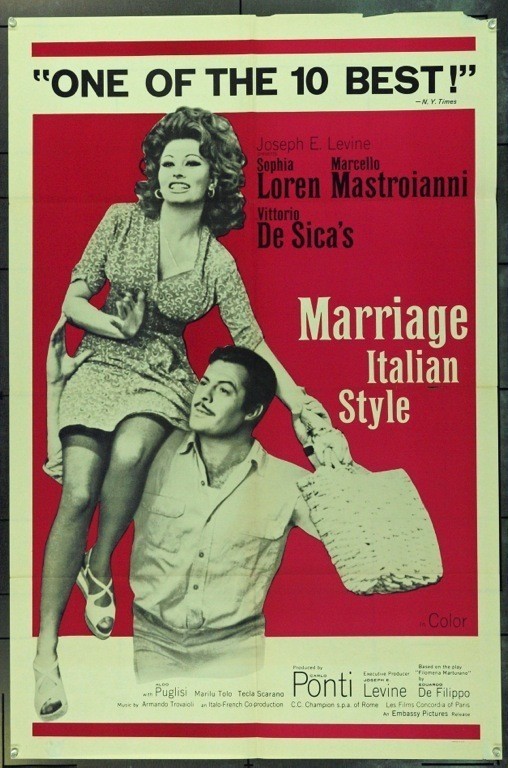 MovieArt was born, and since then has sold original film posters and such related memorabilia as lobby cards and productions stills.
MovieArt was born, and since then has sold original film posters and such related memorabilia as lobby cards and productions stills.
[Production stills are photographs taken during filming – the “production” phase of film making. Lobby cards are 11×14-inch (28×36-cm) posters on card stock for display in cinema foyers. Generally they are printed as sets of eight different cards, with one “title card” and several “scene cards.” The most common format of posters is the “one-sheet,” 27 inches high, 41 inches wide (67x104cm) — see image gallery, below.]
MovieArt currently holds some 22,300 posters that, as McDaniel likes to say, played a small but important part of the production of some 11,000 films. He has them not because he wants to horde them, but to sell them. He is not a collector, but a dealer and “dealer to the dealers” of movie posters, fulfilling the desires of often quite-rabid collectors around the world who are paying higher and higher prices for their quarry.
In a set of four articles that he wrote in 1994 for Jon Warren’s Collecting Hollywood: The Movie Poster Price Guide (available on his website), McDaniel describes in detail some key aspects of the trade, including the history of movie posters. At the birth of motion pictures, at the turn of the 20th century, posters were the primary advertising medium for most everything, he explains. Those that announced film exhibitions over time came to be offset printed on sheets of translucent paper, most commonly 27 inches by 41 (67x104cm) — these are known as “one-sheet posters.”
Posters are, McDaniel says in his essays – and whenever he gets the opportunity to make the point – mementos of “the experience of seeing a film,” and in that sense artifacts of film culture.
In their original purpose and use, movie posters differ from, say, coins and stamps. Movie posters were never made for collection; rather, they served and continue to serve a utilitarian, publicity purpose. By contrast, coins and stamps are primarily designed to circulate. For collectors, the value of particular coins and stamps has often related to how hard they have been to find. As a concession to collectors who don’t want to gather coins and stamps only once they become rare, mints and postal services issue mint proof sets and first-day covers — pristine exemplars of the issues that are mounted and specifically designated as collection items.
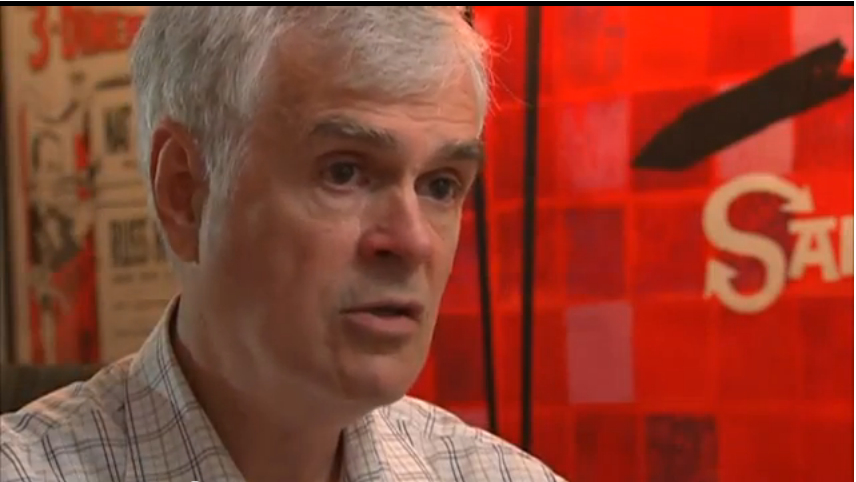
Collectors began to build their own networks. At first those were pale reflections of the then-fading regional “poster exchanges” in Dallas, New Orleans, New York, and Philadelphia where exhibitors with lists of films they planned to present in various venues could view and order associated posters. On their shelves, the exchanges held posters for movies of all kinds. “When they went out of business, countless posters were destroyed,” McDaniel says.
Poster collection matures
Of course, savvy collectors made every effort to get to those no-longer-wanted posters. The posters assigned to destruction included rare items; many had publicized films that hadn’t been screened in years or decades.
Print runs of movie posters have always been gauged to the films’ expected circulation, large or small. Collectors often cannot know how many prints were made of a poster, or still exist, and that only adds to their anxiety to snatch up desired items.
It was factors like those that led to movie-poster collecting becoming a more serious business in the late 60s, but moved slowly. As collectors intensified their efforts to locate each other, and trade, they organized trading events: Film and poster conventions or shows could be found in many large cities in the 1970s, and specialty stores opened around the U.S. In addition, specialist poster-collector publications appeared, such as The Big Reel and Movie Collector’s World.
Other periodicals and fanzines have been numerous. A particular boon for poster collectors was the truly specialist Movie Poster Price Database, the first comprehensive index of movie posters. Jon R. Warren began publishing it in 1985 as a paperback book. Further editions appeared, the sixth in 2004.
In 2011, the publication became a free, donation- and advertising-supported online service on the iGuide website. It provides information on sale and purchase prices, gathered from auction sites. (Warren is now president of 2nd Markets Corporation, which owns and operates iGuide.)
As iGuide’s publicity declares, in drawing attention to the poster service, the rarest and most-sought posters can now fetch hundreds of thousands of dollars. But what price should be set for many posters is tough to gauge. Auction records and similar data remain incomplete. McDaniel, other dealers, and collectors can turn to records kept by, for example, Heritage Auctions, in Dallas, Texas, which bills itself as the world’s largest collectibles auctioneer. Similarly, eMoviePoster in West Plains, Missouri, another auction house, keeps an archive of what it has sold. But that does not necessarily provide clear evidence of how to price a poster. As with any collecting, a dealer may have to intuit a price. “Sometimes I will see something I like and just say, ‘I think that can sustain more money than that.’
“If I get something really rare, I just have to assess what I think the market will bear.
“I could be wrong, or I may be right.”
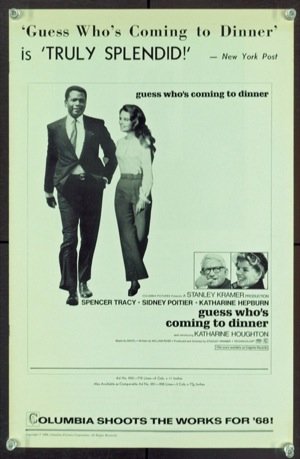 The Internet changes… not everything
The Internet changes… not everything
The business has changed enormously since the arrival of Internet sales and marketing. No surprise, there. For example, says McDaniel, “the advent of eBay made a lot of hobbyists into de facto dealers” in the sense that anyone could log on and sell.
Casual sellers like those, however, differ markedly from McDaniel and MovieArt. He has hung a few posters in his house – for example, a 14×36-inch poster from Guess Who’s Coming to Dinner is on display in his kitchen, “just because it’s funny.” And, yes, in his living room is his “single-sheet” poster from Evangeline, which Raoul Walsh made in 1918, his third film, currently lost. “It’s based on a Longfellow poem which is very beautiful,” McDaniel says. “I wouldn’t sell that because I could never find it again, and it works well on that wall.”
(You might find a reproduction – but McDaniel has little time for those imposters on movie memory; he sells none.)
What sets him clearly apart from collectors, who are almost by nature hoarders, is that “there’s nothing here that I wouldn’t sell if someone offered me an equitable price for it.”
The “real collector,” he says, encounters conflicts whenever his collecting habits make him – the large majority of poster collectors are men – recoil at letting go of something. “Most of those people are dealing to support their poster-collecting habit,” he observes.
But even the long hours they have devoted to acquiring their posters makes diehard collectors loath to let them go. They may have traveled to conventions and clawed through box after dusty box. “They may spend all day there and not find anything,” he says. “The chase is as important for them as the actual owning is.”
Not only collectors like those come to McDaniels and MovieArt.com: “I sell to a lot of people who are just looking for two or three or four things for their house. And we do a lot of work with decorators, or designers.”
With his vast experience, he has formed his own tastes in collections: What most impresses him, he says, is not those that can boast items of the greatest financial or even historical value, but rather “collections with verve, amassed by collectors with vision.” He wrote in his 1994 essay: “Seeing one’s own preferences and personality evolve in a collection is what makes collecting fun.”
Unsurprisingly, many factors weigh into poster collectors’ desire to find, have, and hold: nostalgia for a movie seen under memorable circumstances, for example. Or, fascination with a particular actor and her films. As McDaniel puts it: Fans may not be able to own the headdress Elizabeth Taylor wore in Cleopatra, but they can own a set of lobby cards used to welcome audiences to the film.
In the early 20th century, when film was born, posters were used to publicize many kinds of products. Movie-poster collection became just one focus for poster enthusiasts. Whatever the subject matter — films, travel, ballet… — the graphic elements and qualities of the products have attracted many collectors.
Traditionally in the United States, movie-studio artists handled poster design, and they often went uncredited. Until recently little effort was made to identify them. The situation was always markedly different in Europe, where particular artists were identified as the great exponents, and their posters sought after and eagerly awaited. Those included Jean Mascii, Roger Soubie, Anselmo Ballester, and Boris Grinsson. Some collectors, then and now, have sought posters based on who designed them, with no interest in the films depicted, whatsoever.
Over the last decade, an appreciation of American designers has emerged that resembles the long-standing European one, McDaniel says. Among its favored artists are Tom Yung, Bob Peak, Robert McCall, and Saul Bass.
Cable television boosts the trade
It’s not long ago that it was difficult to see an older movie unless it was among the relatively few films exhibited on television or at repertory cinemas. (If today’s young only knew!) That changed in the 1980s with the advent of such TV resources as the Turner Classic Movies network. TCM went to air in 1978, but really took off in 1986 when it acquired the huge Metro-Goldwyn-Mayer studio backlist from that year all the way back to the studio’s birth in 1924.
“Now,” says McDaniel, “a 20 year old can see Gunfight at the OK Coral” on Turner, and then go onto the Internet and google the poster, and can literally almost instantly be in contact with someone who can provide that.”
You’d think rarity would take on a different quality, now that Internet searches may locate a desired item in a trice — especially now that the poster market is near-global.
McDaniel is not so sure that the Internet has dulled the thrill of the chase. “Less than you might think,” he says. “The rare is still the rare. This is one thing that the Internet cannot really address or affect. And there is a certain amount of homework you have to do to make sure you get what you want.”
That latter proviso makes him confident that he will remain in business. Buyers need dealers who have specialist knowledge, such as to know which Italian distributor is handling the re-release of a film by so-and-so.
Of course the measure of a poster’s rarity takes into account various factors: is it rare or merely scarce? In either case, is it something anyone wants — not, as McDaniel says, “a lobby card by an obscure movie studio with an obscure actor and director”?
What, then, is the sine qua non of movie-poster desirability, rarity, and condition? Are there posters that dealers and collectors would get all Indiana Jones over?
Indeed, says McDaniel: Among the recognized ultimate in collectible movie posters is the U.S. one-sheet for the Frank Lloyd’s 1933 adaptation of Noel Coward’s play, Cavalcade, an Academy Award-winning best picture: “It just so happens, and no one knows why these things happen, that that poster has never been seen since the day. Since people have been collecting, for some reason no one has been able to find that poster, or collect it. The Academy of Motion Picture Arts and Sciences has a complete collection of best-picture one-sheets, except they don’t have that. And they’re still looking for it.”
He adds: “It’s not even a particularly highly regarded film. If you thought, would you rather have a one-sheet for Casablanca or Cavalcade, 19 people out of 20 are more than likely to say, Casablanca — unless they happen to know the arcane fact that it’s become a legendary, sought-after poster.”
Repair doesn’t come cheaply
Inevitably, many posters come to dealers and collectors damaged. Like film, those can be restored, although the process is, if done properly, expensive. An expert in paper conservancy techniques can wash and remove acids and pollutants from the paper, strengthen the poster, improve its appearance with mounting techniques, and “cosmetize” defects with such techniques as overpainting missing or damaged areas.
But beware, McDaniel cautions: Reversing a repair that has gone wrong will cost a lot, and may not be possible, at all. So, never entrust a prized poster to a restorer you haven’t scoped out, thoroughly, and who can provide a realistic estimate of cost.
What can be done is at times astonishing. “There was a recent find at Heritage Auctions, in Dallas — a group of posters turned up, literally stuck to one another, they were so old. A paper restorer went through and was able to separate those things quite successfully.”
In that trove was a “one-sheet” for the RKO film, Cimarron, the Richard Dix and Irene Dunne vehicle of 1931 that was one of the first big-budget westerns of the sound era; it took an Academy Award for best picture – the first Oscar to go to a western.
“It’s an incredibly beautiful poster,” in McDaniel’s view. “It was one that had been sought after for a long time.”
Heritage auctioned it in March 2012. Although its sale price had been estimated at $12,000-18,000, it fetched a tidy $101,575.
n
Gems from Kirby McDaniel’s MovieArts – details of each poster are available there.
— Peter Monaghan
Printed from Moving Image Archive News: http://www.movingimagearchivenews.org
URL to article: http://www.movingimagearchivenews.org/movie-poster-madness/
Click here to print
